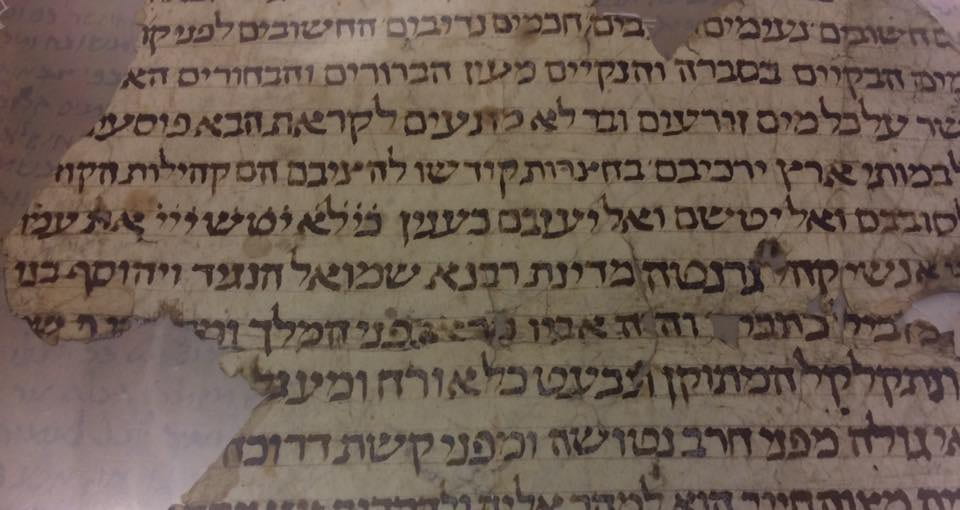As a result of this brief review of The Myth of the Andalusian Paradise, I was invited to submit a chapter to an awesome forthcoming Routledge volume entitled The Extreme Right and the End of Historiography, in which I was able to return to the chapter that I walked through very quickly in the blog post review and give historical and historiographic context in greater depth and go into more detail about the problems in the book with more examples and specifics. After the pushback I got from right-wing commentators both on the blog and on Goodreads complaining that I was talking about historiography and interpretation rather than facts as such, I had a space to lay out a really detailed, textually grounded case against the book. And in fact, my first draft ran to sixty pages and still didn’t address all of the mistakes and misrepresentations in a single chapter and the historiographic context in which they were committed. One of the sections that I’ve cut is only tangentially related because it concerns the epigrams within the chapter rather than the body of the text itself; however, I wanted to post it here because it is also one of the clearest-cut cases of the ways in which Fernández-Morera distorts material and draws upon the work of hate groups; and it raises the question: If he can’t even represent short quotations in a few epigrams honestly and correctly, why should his readers trust the rest of his readings and analysis?
***
Epigrams as a Test Case for Textual Fidelity
The structure of each chapter of The Myth alternates between a series of epigrams that represent Fernández Morera’s antagonists and his argument against them. Our present case study, chapter six, opens with the following observation by the author:
“As the epigraphs in this chapter indicate, it is widely believed that Islam granted to Spain’s Jewish community, composed largely of Sephardic Jews [sic, see above], a substantial degree of liberty and tolerance. According to this view, the idyllic life for Spain’s Jews was interrupted by the invasion of the ‘fanatical’ Almoravids and Almohads, and later by the ‘intolerant’ Christian kingdoms during the Spanish Reconquista. However, the fact of the matter is that the life enjoyed by the Sephardim, within and without their communities, was full of limitations long before the invasion of the Almoravids and Almohads, and that the Catholic kingdoms eventually became a place of refuge for Jewish families.”[1]
This opening sentence sets up the epigrams as representative of key positions that the author plans to refute. Yet by bowdlerizing even these citations, he calls into question his treatment not only of the scholarship in the field but even of the primary sources themselves.
The first epigram is drawn from the article “Sephardim” on the web site Jewish Virtual Library.[2] It contains a brief overview of the history of Jews in Spain before moving on to its main topic, the Sephardi diaspora; it ostensibly illustrates the attitudes of the mainstream, liberal scholars against whose work Fernández-Morera sets his own. The quoted passage reads: “The era of Muslim rule in Spain (8th-11th century) was considered the ‘Golden Age’ for Spanish Jewry. Jewish intellectuals and spiritual life flourished and many Jews served in Spanish courts. Jewish economic expansion was unparalleled.”[3] An examination of the article in its entirety reveals it to be compromised by erroneous information on both the small-detail and big-picture scales. Some of the errors are relatively minor (although not insignificant), such as giving the date of the conquest of Toledo by Alfonso VI as 1089 instead of 1085 and implying that Muslim rule ended in the Iberian Peninsula in the 11th century. But other errors reveal a broader misunderstanding of the religious history of al-Andalus, misunderstandings upon which Fernández-Morera is willing to hang his own argument. Again, by way of example, the article writes that Jews treated Arabic as a replacement for Hebrew; in fact, though, rabbinic authorities were clear that when Arabic was used in a Jewish liturgical context (and not all such authorities permitted it), it was to be used to supplement, rather than replace, the Jewish sacred languages of Hebrew and Arabic. Of greatest consequence for the political and religious stakes of Fernández Morera’s book is an erroneous description in the article of the evolution of Christian belief in Visigothic Spain: Following an explanation of Visigoths’ religious beliefs, namely that they adhered to the apostolic Arian Christian faith before converting en masse to Catholicism in the year 587, the article’s section on Visigothic rule concludes with the assertion that “in 638 C.E., the Arian Visigoths declared that ‘only Catholics could live in Spain,’”[4] thereby demonstrating a fundamental misunderstanding of the religious sea-change that took place by virtue of that conversion of and the incompatibility of Arian and Catholic belief. By selecting this article as the source for his epigram Fernández-Morera can seemingly support his contention that writing on medieval Spain ignores or misrepresents Christian history when this is in fact a broader pattern of errors in the article “Sephardim” and not exclusive to the history and theology of Christianity. Some bad work will always be published regardless of its politics; that does not make it representative of the state of the field or the quality of its scholarship as a whole. And as a popularizing encyclopedia article, it is also not representative of the kinds of academic studies with which Fernández-Morera claims to be taking issue.
In addition to choosing a weak, straw-man adversary in the form of this epigram, Fernández-Morera has chosen one from a site that makes its political leanings clear; and they are not ones that support his overall argument about the liberal biases of the academic study of medieval Spain. The Jewish Virtual Library is digital encyclopedia project of the non-profit organization American-Israeli Cooperative Enterprise; its web site fawningly sports quotations from right-of-center politicians Benjamin Netanyahu[5] and Donald Trump speaking in their capacities as the heads of their respective governments.[6] Rather than illustrating that liberal professors are the sole source of his pernicious imagined myth of al-Andalus as a paradise he instead shows that positive portrayals of Islamic Spain can also be promoted in popular sources supported by right-wing political and religious organizations and that those portrayals can be made to serve right-wing agendas. He has taken an example of sloppy writing about the topic from a right-wing web site and implicitly passed it off as an example of what is wrong with left-wing popular writing on the topic.
As another example of supposed visions of al-Andalus that incorrectly promote a picture of tolerance occurs in the second epigram in the chapter:
“The years between 900 and 1200 in Spain and North Africa are known as the Hebrew ‘golden age,’ a sort of Jewish Renaissance that arose from the fusion of the Arab and Jewish intellectual worlds. Jews watched their Arab counterparts closely and learned to be astronomers, philosophers, scientists, and poets. At its peak about one thousand years ago, the Muslim world made a remarkable contribution to science, notably mathematics and medicine. Baghdad in its heyday and southern Spain built universities to which thousands flocked. Rulers surrounded themselves with scientists and artists. A sprit of freedom allowed Jews, Christians, and Muslims to work side by side.”[7]
Fernández Morera attributes this quotation to an article by Francis Ghiles in a 1983 article in the journal Nature entitled “What is Wrong With Muslim Science?”[8]; however, his citation is only partially accurate. Ghiles’ article is in fact a review of a book review of Ziauddin Sardar’s 1982 monograph Science and Technology in the Middle East,[9] a volume that is in fact critical of overly-rosy presentations of science in the Islamic Middle East. The Nature review of that book actually opens with the portion of the text cited by Fernández-Morera beginning with “at its peak” and continuing through the end of the citation. The first two sentences appear nowhere in Ghiles’ review; instead they come from the FAQ section of a web site called Jews for Allah, which appears to be aimed primarily at encouraging Jews to convert to Islam.[10] In response to a query about the role of minorities in Islamicate civilizations, the FAQ section introduces Ghiles’ review with those two sentences as an editorial response to the question and then quotes the opening sentences of Ghiles’ review to support that response.[11] In other words, the text as cited in Fernández-Morera’s epigram are cited from Jews for Allah rather than directly from the review; the author erroneously combines the web introduction with the citation from the book review. In doing so, he demonstrates that instead of referring to the texts he claims to have cited he instead uses a web site representative of a strain of modern Islamic antisemitism[12] in order to backform his own fantasy about medieval Islamic antisemitism (which will be discussed in greater detail in the following section). This particular epigram, then, demonstrates flaws in handling sources, recourse to teleological analysis, as well as a reliance upon information gleaned from hate groups.
In addition to misrepresenting its original source and incorporating ideas from a hate group’s web site, this epigram manifests other problems as well. Even as it is presented, erroneously, this epigram does not further an ideology of Andalusi exceptionalism, or the idea that al-Andalus was the uniquely tolerant haven for religious minorities in the Middle Ages. The first source of this combined quotation treats Spain and North Africa correctly as a single geographic and cultural unit,[13] and the second source in the quotation talks about the intellectual innovations both in al-Andalus and in the Abbasid caliphate in Baghdad. In other words, the epigram shows that the idea of tolerance and intellectual flourishing in the Islamic world are not limited to discussions of Islamic Spain, which is itself not treated as an exceptional entity unto itself but rather as a part of Islamicate world systems; the epigram does not, then, serve as evidence for his argument but rather demonstrates its exact opposite.
One of the ways in which this book operates is to interpret selectively and without direct recourse to the primary sources; this is clear simply from a review of the epigrams, and will be demonstrated in greater detail with respect to the body of the work itself in the following section. Fernández-Morera protests much in his introduction that his work’s strength is based on his direct consultation with sources, yet even the epigrams with which he illustrates the problem his book is meant to counter are transcribed incorrectly and indirectly. He asks the reader to trust his analysis of complex medieval sources written in many languages and mediated through the judgment of editors and translators[14] while proving that he does not even go directly to easily accessible[15], contemporary, English-language sources.
Footnotes below the jump.
Continue reading “Paradise Still Lost: Epigrams as a Test Case for Textual Fidelity”
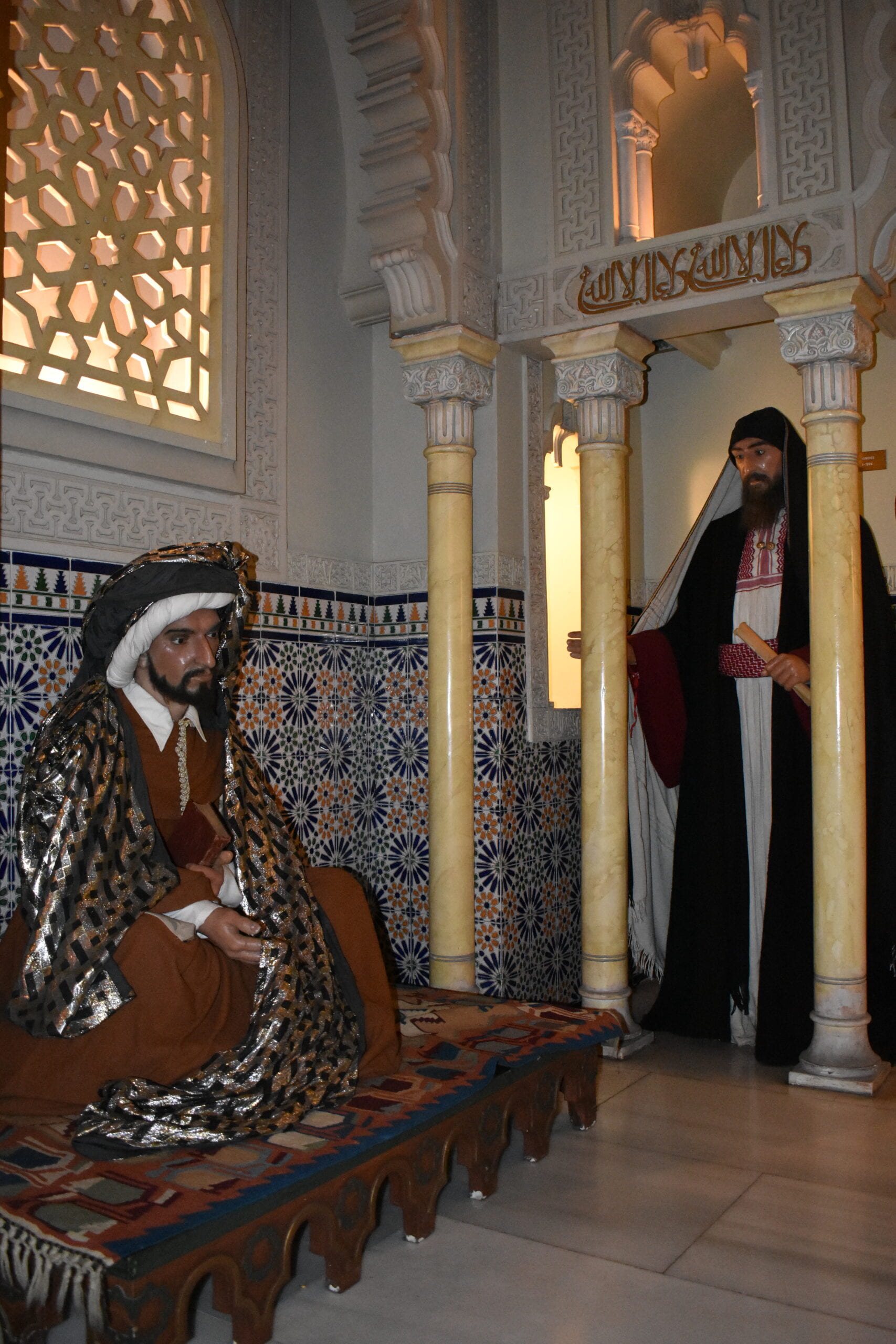

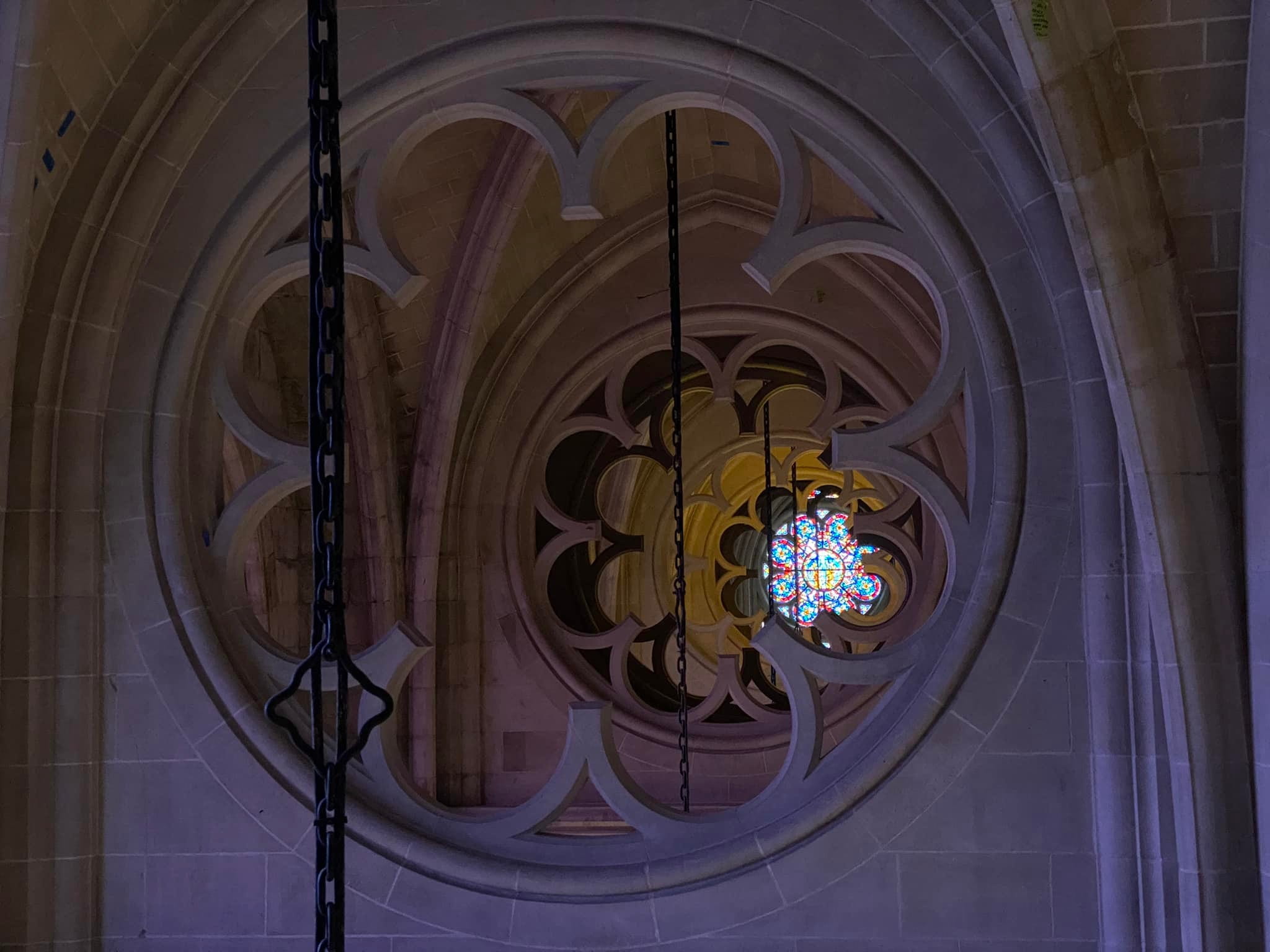




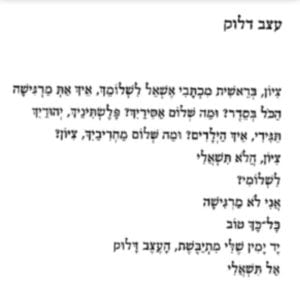

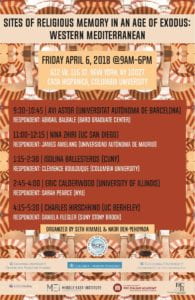
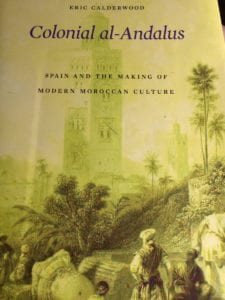 This is a lightly edited version of the comments that I made following Eric Calderwood’s talk at the Colubmia Workshop “Sites of Religious Memory in an Age of Exodus: The Western Mediterranean.” Part of the reason I’m posting my response is precisely because it is dependent upon reading his new book,
This is a lightly edited version of the comments that I made following Eric Calderwood’s talk at the Colubmia Workshop “Sites of Religious Memory in an Age of Exodus: The Western Mediterranean.” Part of the reason I’m posting my response is precisely because it is dependent upon reading his new book, 